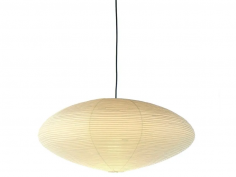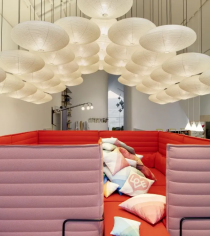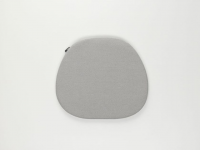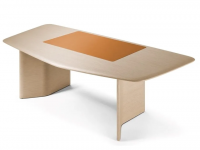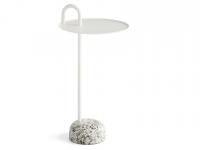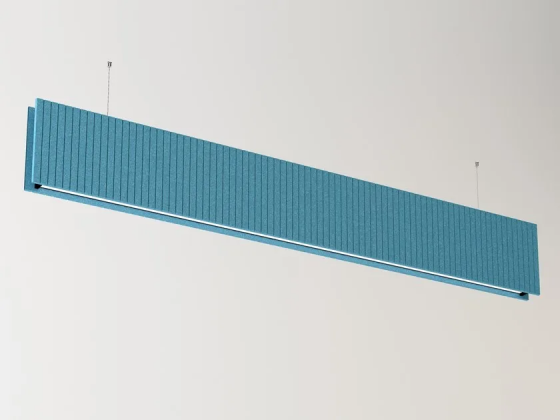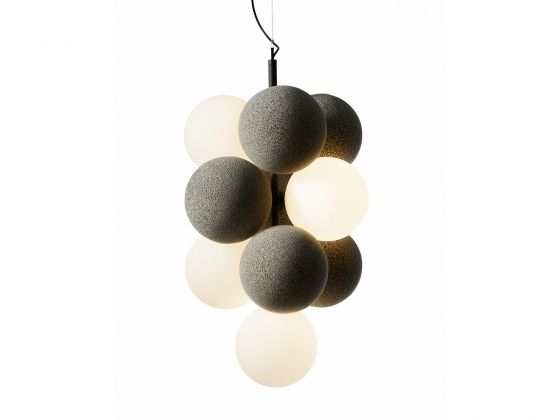Информация
Akari is a suspension lamp with Japanese paper lampshade.
The Akari Light Sculptures (1951) by Isamu Noguchi are a series of luminaires, handcrafted from traditional washi paper by Japanese artisans.
The oeuvre of Japanese-American artist and designer Isamu Noguchi (1904–1988) is unusually multi-faceted. In addition to sculptures, he also created stage sets, furniture, lighting and interiors, as well as outdoor plazas and gardens. As a sculptor, his interest was not restricted to materials and form, but also extended to spatial effects and interior designs. Noguchi intended his art to serve both practical and social functions, and his sculptural style exerted a lasting influence on the idiom of organic design in the 1950s.
In 1951 Isamu Noguchi began to design the Akari Light Sculptures, works characterised by weightless luminosity. He chose the name 'akari' for these objects, a word that means 'light' in Japanese, connoting both illumination and physical lightness. During a journey to Japan, Noguchi paid a visit to Gifu, a town known for its manufacture of paper parasols and lanterns. While there he sketched his first two Akari Light Sculptures, and over the following years he created a total of more than 100 models, consisting of table, floor and ceiling lamps ranging in size from 24 to 290 cm.
Each luminaire is meticulously crafted by hand in the Ozeki workshop, a traditional family-run company based in Gifu. In a first step, bamboo rods are stretched across the original wooden forms designed by Noguchi to make the framework that determines the object's shape. Washi paper, derived from the bark of the mulberry tree, is cut in strips to fit the size and shape of the lamp and then glued to the bamboo ribbing. After the glue has dried, the wooden form is removed and the shade can be folded. The Akari Light Sculptures are packed for shipping or storage in flat boxes developed especially for the luminaires.


